Blood Vessels
Blood vessels are an essential part of the circulatory system and play a crucial role in transporting blood throughout the body. There are three main types of blood vessels: arteries, veins, and capillaries.
Arteries
Arteries are blood vessels that carry oxygenated blood away from the heart to the rest of the body. The walls of arteries are thick and elastic, allowing them to withstand the high pressure of blood pumped by the heart.
Veins
Veins are blood vessels that carry deoxygenated blood back to the heart. Unlike arteries, veins have thinner walls and contain valves to prevent the backward flow of blood. Veins rely on the contraction of surrounding muscles to help push blood back to the heart.
Capillaries
Capillaries are tiny, thin-walled blood vessels that connect arteries and veins. They are the site of nutrient and gas exchange between the blood and tissues. Capillaries have a large surface area to facilitate the exchange of substances.
Functions of Blood Vessels
- Transportation: Blood vessels transport oxygen, nutrients, and hormones to cells, and remove waste products such as carbon dioxide and urea.
- Regulation: Blood vessels help regulate blood pressure and blood flow to different parts of the body.
- Protection: The immune system uses blood vessels to deliver white blood cells to sites of infection or injury.
Study Guide
Here are some key points to focus on when studying blood vessels:
- Identify the three main types of blood vessels and their respective functions.
- Understand the structure of arteries, veins, and capillaries, including their differences in wall thickness and presence of valves.
- Explain the roles of blood vessels in transporting, regulating, and protecting the body.
- Describe the process of nutrient and gas exchange in capillaries.
Remember to review diagrams and illustrations of blood vessels to better understand their structure and function.
.◂Science Worksheets and Study Guides Seventh Grade. Cell Processes

 Activity Lesson
Activity Lesson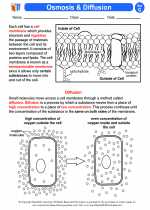
 Worksheet/Answer key
Worksheet/Answer key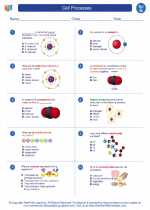
 Worksheet/Answer key
Worksheet/Answer key
 Worksheet/Answer key
Worksheet/Answer key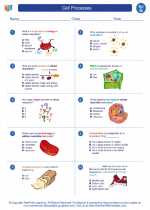
 Worksheet/Answer key
Worksheet/Answer key
 Vocabulary/Answer key
Vocabulary/Answer key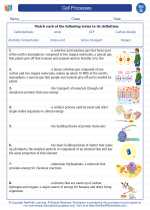
 Vocabulary/Answer key
Vocabulary/Answer key
 Vocabulary/Answer key
Vocabulary/Answer key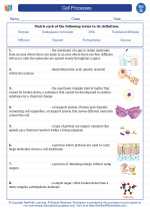
 Vocabulary/Answer key
Vocabulary/Answer key
 Vocabulary/Answer key
Vocabulary/Answer key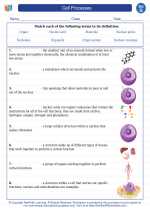
 Vocabulary/Answer key
Vocabulary/Answer key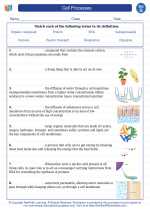
 Vocabulary/Answer key
Vocabulary/Answer key
